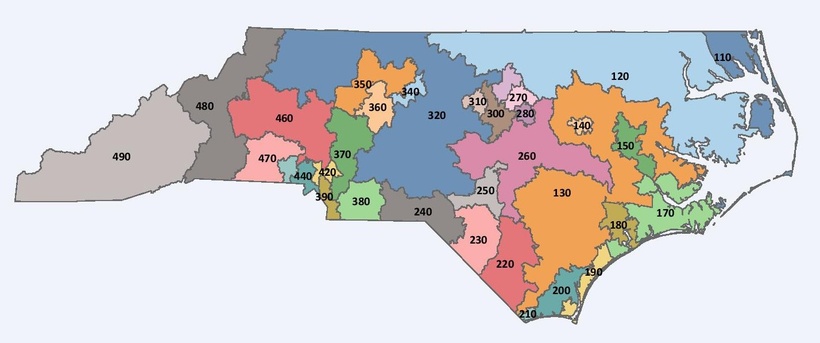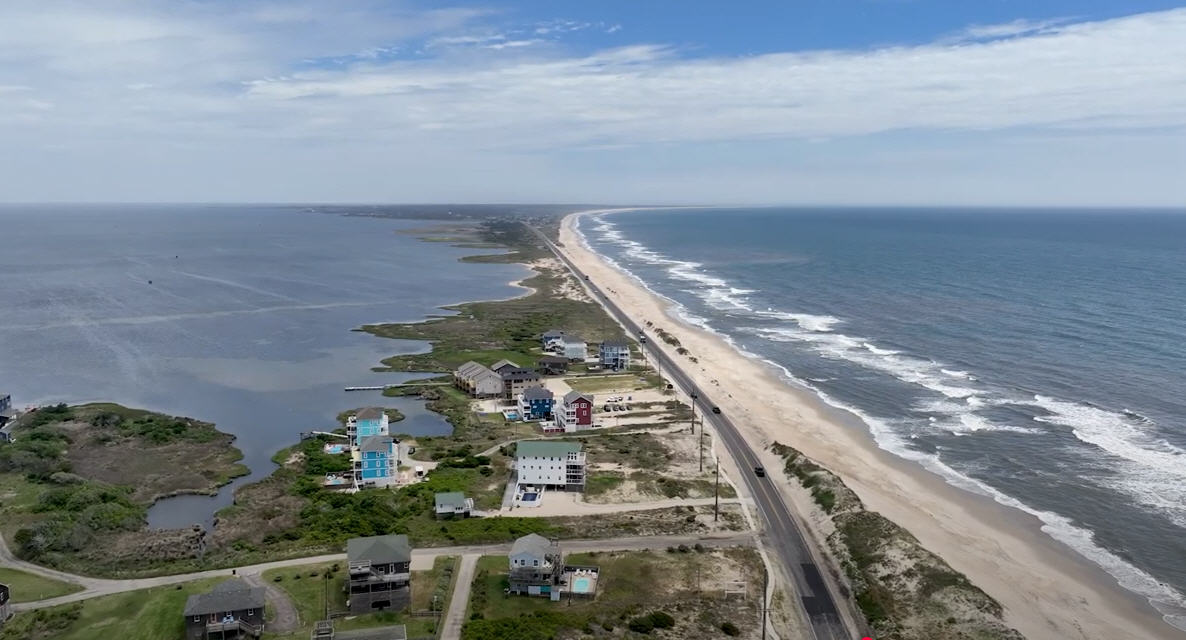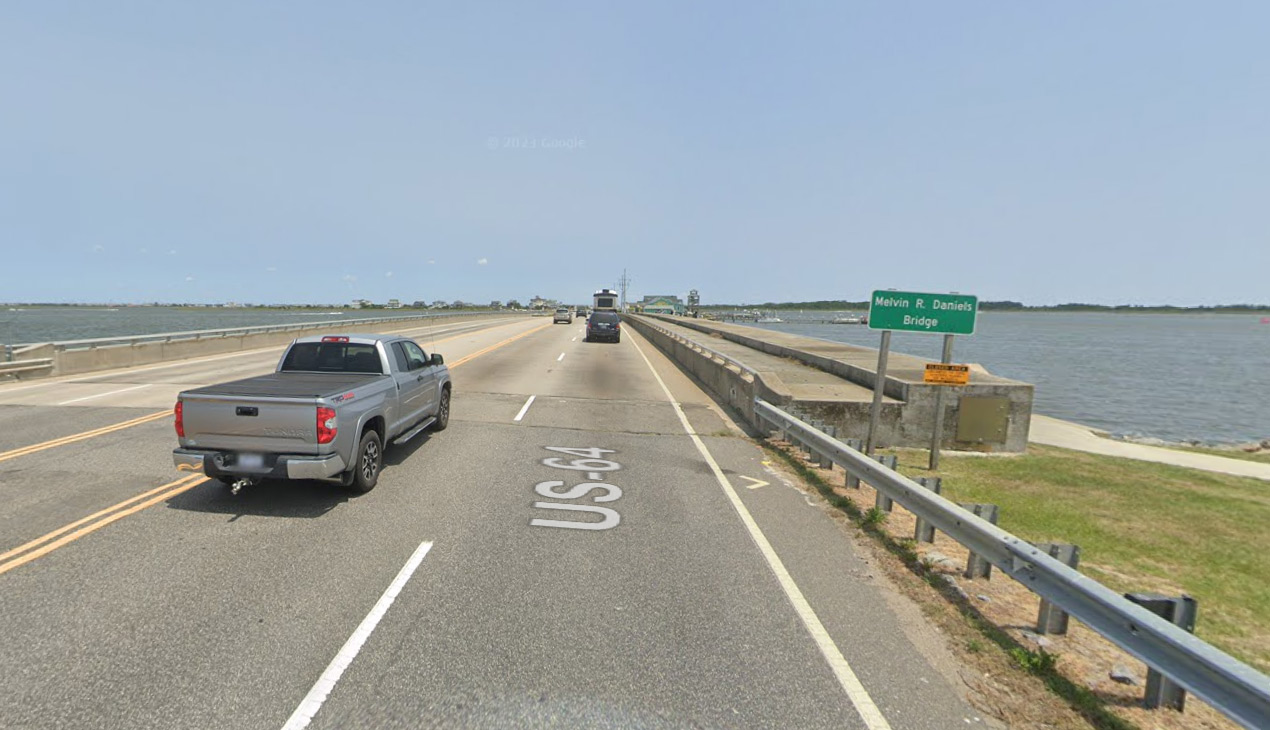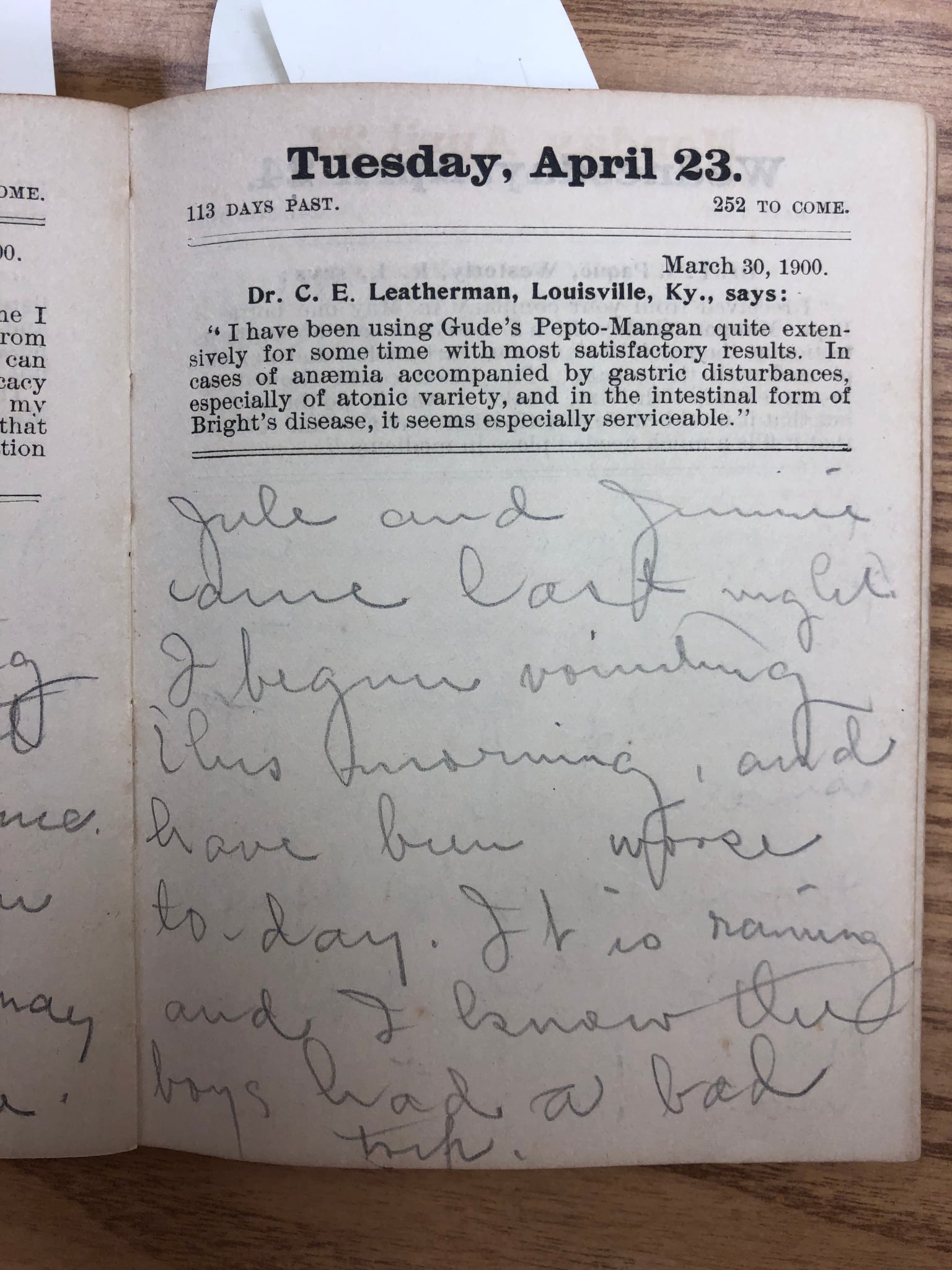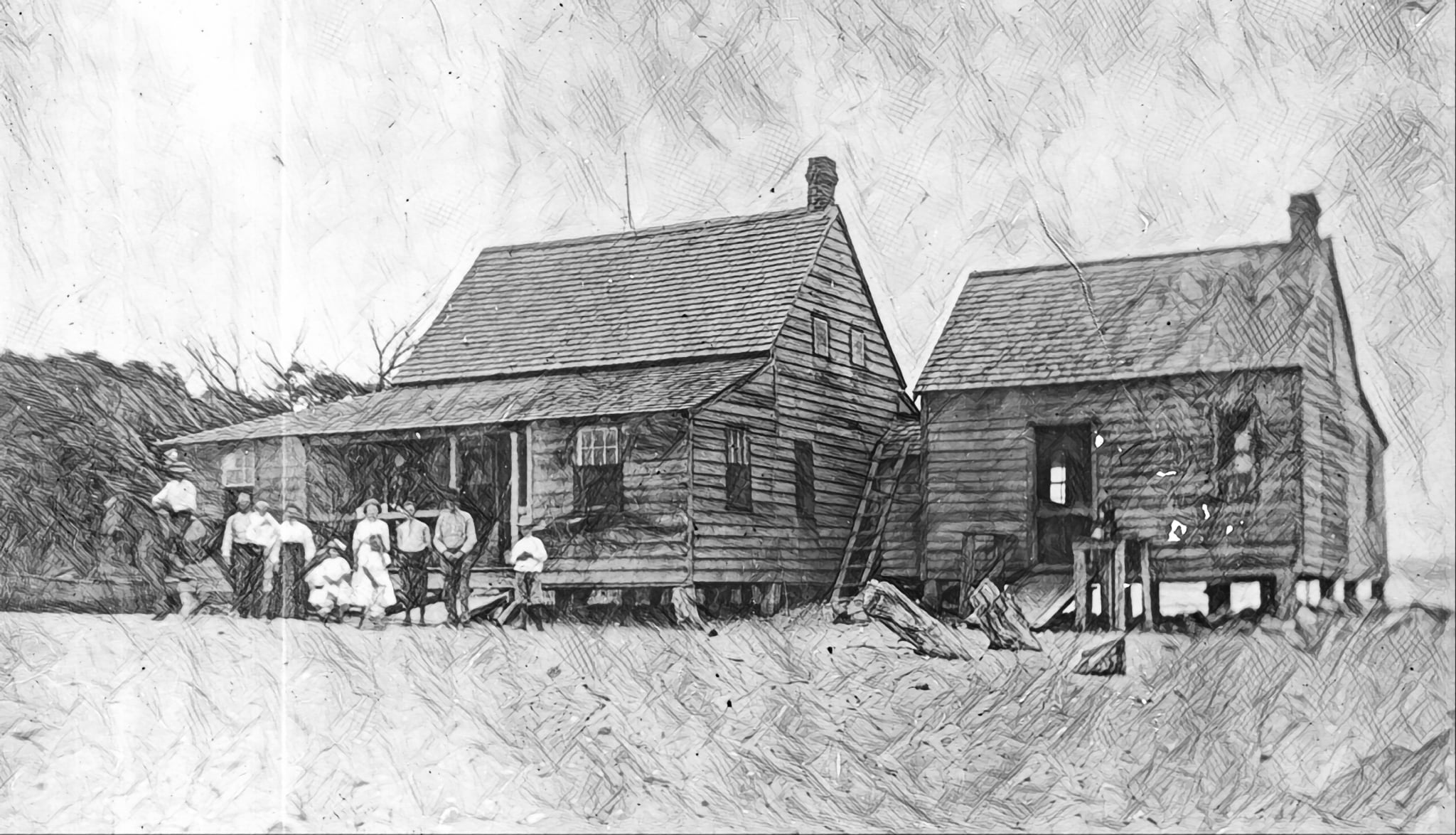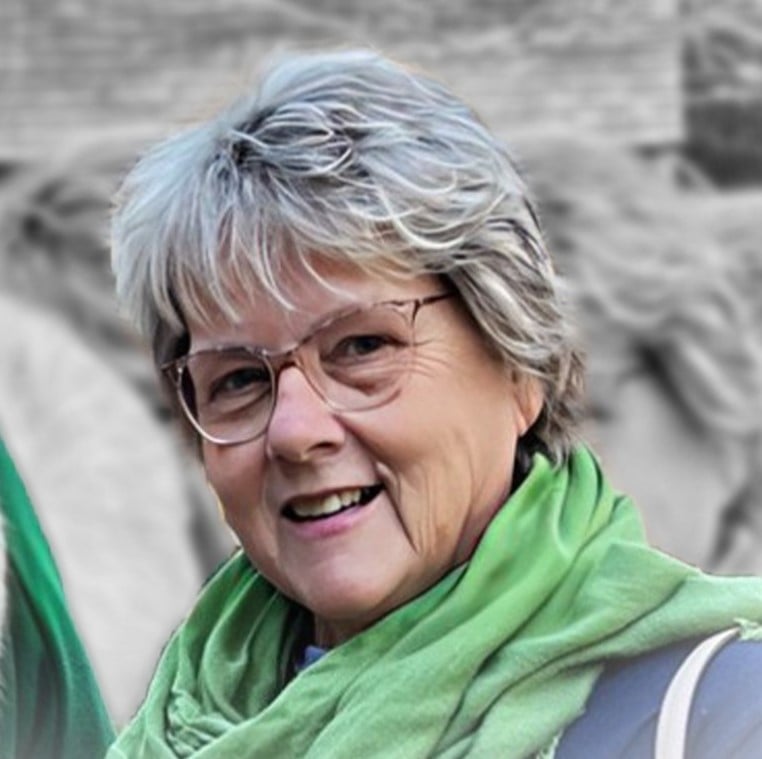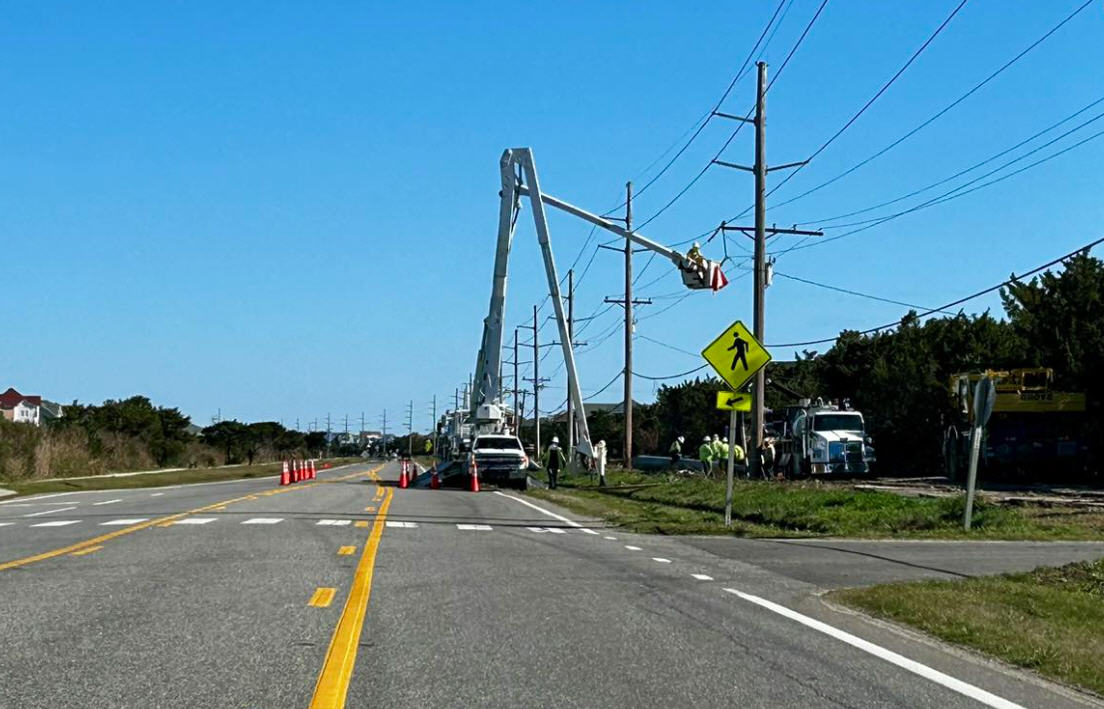Work officially begins on the new Cape Hatteras Lighthouse Pathway with groundbreaking ceremony
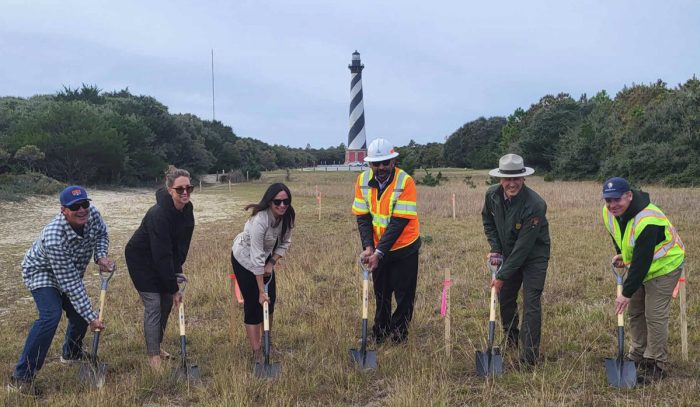
After years of planning, a new multi-use pathway in Buxton took a big step forward on Wednesday, November 15, as stakeholders celebrated the imminent construction of the first 1.25-mile-long phase of the project with a groundbreaking ceremony steps away from the Cape Hatteras Lighthouse.
In 1984, the Cape Hatteras National Seashore (CHNS) prepared a General Management Plan that featured a number of proposed projects in the Buxton area, including a multi-use pathway on Lighthouse Road. Nearly 40 years later, this project is coming to fruition.
“It has taken us a little while to get around to it, but in some ways, I’m glad that we did because now we’re doing it with friends, with community members, and we’re doing it the right way,” said David Hallac, Superintendent of National Parks of Eastern NC. “We’re proud to have the opportunity to build this trail from Highway 12 to the lighthouse.”

The multi-use pathway is a three-phase project, with construction of the initial phase starting within a few weeks.
This first 10 to 12-foot-wide concrete section will extend from N.C Highway 12 to Cape Hatteras Lighthouse, with a crossing near the pond on Lighthouse Road. Once the pathway connects with the Old Lighthouse Beach parking area, it skims through the parking lot to create a direct link from the roadway to the lighthouse – following the same route that the lighthouse itself took when it was moved 2,900 feet back in 1999.
“Once the pathway comes to the [lighthouse] move path, we’ll explain a bit about the move itself through some of the interpretive panels that are installed,” said Hallac.
There are five interpretive panel areas – or plazas – planned for the pathway that will outline the history of the area, the lighthouse move, and other stories that connect with the Buxton site and the Outer Banks.
These plazas will deviate slightly from the original pathway, creating an opportunity for visitors to pause and learn a little more about the surrounding area. “The plazas are almost like the equivalent of [parking areas] on the Blue Ridge Parkway, where you get off the road and there might be a view or something special to see,” said Hallac. “This way, you can have that learning experience without being in the middle of the pathway.”
Steven Torgerson, Landscape Architect with the National Park Service and overseer of the project, said construction will likely start in December, and will take 5-6 months to complete, depending on the weather. “We anticipate the trail to be open before the high [visitor] season,” he said.
During the work, one-lane closures on Lighthouse Road may be a possibility, but no full road closures are expected.
The $3.2 million contract was awarded to Terra Site Constructors LLC of Front Royal, Virginia, on September 22, and the President and CEO of the firm, Babur Mian, said that the construction is expected to go smoothly in the warm Outer Banks environment. “We have worked on many projects with the National Park Service before, in snow and [freezing conditions], so this will not be much of a challenge,” he said.
Wednesday’s groundbreaking ceremony included Hallac, Torgerson, and Mian, as well as three representatives who made the funding for the first phase of the new pathway possible – Jessica Barnes from Outer Banks Forever, Laura Ertle from Cape Hatteras Electric Cooperative, and Trip Forman, Co-Founder of REAL Watersports and President of the Outer Banks Forever Board of Directors.
“I want to thank all of our partners,” said Hallac at Wednesday’s ceremony. “First and foremost, Outer Banks Forever has been incredible, and they raised a significant amount of money to help us implement this project. They were also really instrumental in helping us with something that is sometimes very difficult to get funded, and that is design and planning.
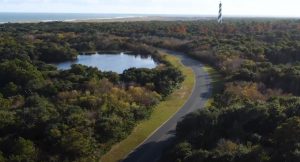
“And we were exceptionally lucky to have some early support from the Cape Hatteras Electric Co-op. They provided an incredible grant [and] once we were able to get that momentum going, Outer Banks Forever did an incredible job of helping us raise money to fill in the gaps.”
Outer Banks Forever provided a total of $360,000 towards the project, which included a $132,000 grant from the Outer Banks Visitors Bureau, a 25,000 donation from REAL Watersports, and a $30,000 donation from CHEC. (Additional funding was provided by the National Park Service and Federal Highway Administration.)
“We launched our organization in April 2019, so really only about four and a half years ago, and we were at a place where we had no donors – we were brand new,” said Barnes. “And we have been able to build just such a groundswell of support for our National Parks. So, to be able to take on projects and raise money for [them] – I can’t even tell you how exciting that is.”
“Whether you’re talking about surfing, kite surfing, windsurfing, foil boarding, ocean kayaking, fishing, stand-up paddleboarding – the list goes on and on as far as the number of sports that this area is internationally recognized for,” said Forman. “Obviously we’re one of the top tourist attractions in the U.S. with a huge supportive local community surrounding it… and these improvements have been a long time coming for this area, so we’re really excited about [this project] and what it’s going to bring to all users of the [National] Park.”
Hopes are high that by the summer of 2024, Outer Banks visitors will have a new way to explore the Cape Hatteras Lighthouse. And while the launch of the initial 1.25-mile phase of the full pathway project is a milestone, there is still additional work to be done.
Eventually, the pathway will extend from the lighthouse to the Cape Point Campground – a phase of the project that will also entail elevating the often-flooded section of Lighthouse Road near ORV Ramps 43 and 44.
But before that phase occurs, new concrete restrooms will also be installed near the popular Old Lighthouse Beach access – a much-heralded improvement over the port-a-potties that are currently stationed near the popular surfing beach.
“We hope to have the restroom project done in the next 12-18 months,” said Hallac. “The total estimated cost of the [restroom] project right now is about $400,000, and the Outer Banks Visitors Bureau has approved a grant for us for $125,000, which gets us a good chunk of the way there.”
“We’re excited for today, but there’s still work to come,” he added.
While the specific start dates for the next two phases are a little hazy, a concrete timeline for construction of the first section of the pathway is imminent, and in the meantime, lighthouse visitors can follow the outline of the new pathway via stakes that are positioned along Lighthouse Road, marking where the pathway will go.
The end result of the upcoming project will be a new and safer way for visitors on four-wheels, two-wheels, or on foot to explore one of the Outer Banks’ most beloved attractions.
“Having these donations and investments into the [National] Park, from local businesses, from local residents, or even visitors, is imperative to improving the park year over year,” said Forman. “And not only that, with [these improvements,] you get to enjoy your own investment.”
How you can help with the next phases:
To learn more about “Pathways to Your National Parks,” and how you or your business can support this project, visit www.obxforever.org/pathways or email Jessica Barnes, Director of Outer Banks Forever, at JessicaBarnes@OBXForever.org.



